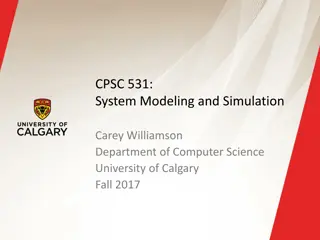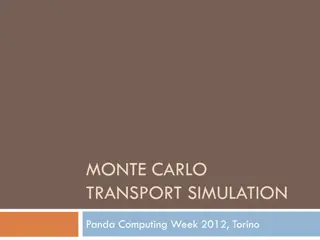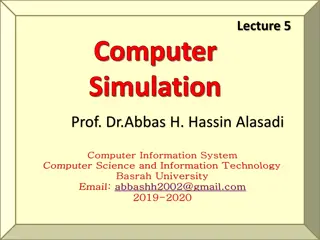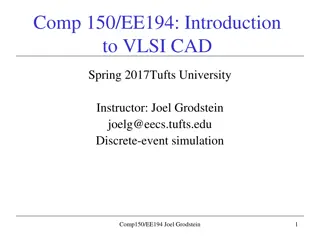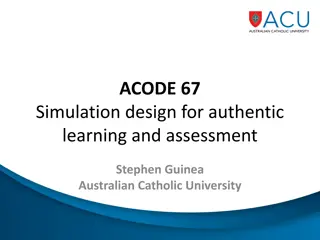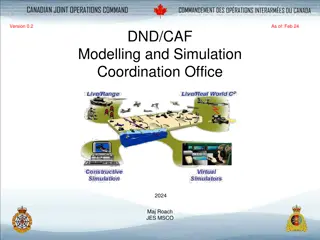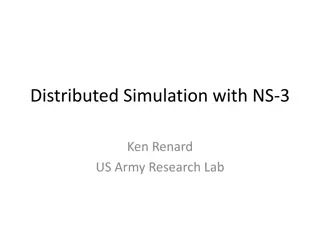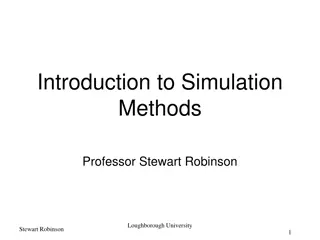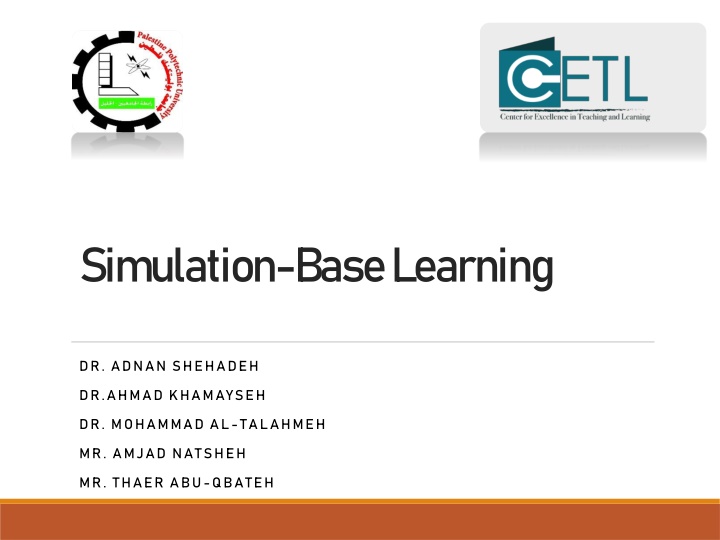
Simulation-Based Learning: A Constructivist Approach in Education
Explore the concept of simulation-based learning, a constructivist model offering learners hands-on experience in a simulated environment. Discover its applications in various fields like business, mathematics, multimedia, and medicine, along with its features, properties, and challenges. Gain insights into the benefits of simulation-based learning, including providing feedback to students, repetitive practice for skill improvement, and curriculum integration for effective learning outcomes.
Download Presentation

Please find below an Image/Link to download the presentation.
The content on the website is provided AS IS for your information and personal use only. It may not be sold, licensed, or shared on other websites without obtaining consent from the author. If you encounter any issues during the download, it is possible that the publisher has removed the file from their server.
You are allowed to download the files provided on this website for personal or commercial use, subject to the condition that they are used lawfully. All files are the property of their respective owners.
The content on the website is provided AS IS for your information and personal use only. It may not be sold, licensed, or shared on other websites without obtaining consent from the author.
E N D
Presentation Transcript
Simulation-Base Learning DR. ADNAN SHEHADEH DR.AHMAD KHAMAYSEH DR. MOHAMMAD AL-TALAHMEH MR. AMJAD NATSHEH MR. THAER ABU-QBATEH
Agenda Agenda 1. Introduction 2. Simulation Based Learning in Business 3. Simulation Based Learning in Mathematics 4. Simulation Based Learning in Multimedia 5. Simulation Based Learning in medicine.
Introduction Introduction Definition: Simulation-based learning is a constructivist learning model that provides learners with an experience of working on an usually simplified simulated world or system. This approach, widely adopted in military and aviation to maximize training safety and minimize risk
Features Features Properties of a simulation 1. A simulation represents a real situation in which operations are carried out. 2. A simulation provides the user with certain controls over the problem or situation. 3. A simulation omits certain distracting variables irrelevant or unimportant for the particular instructional goals. Learners 1. Learners believe the setting is real 2. Act as they would respond in the field 3. Feel safe to make mistakes for the purpose of learning .
10 10 Aspects Aspects 1.Providing feedback to the students. 2. repetitive practice leading to skill improvement. 3. curriculum integration of simulation-based learning. 4. practicing with range of difficulty levels. 5. multiple learning strategies and not teacher centered 6. using simulators that reflect a variety of problems. 7. controlled environment, no consequences of an error. 8. active individualized learning. 9. clearly defined and measured outcomes. 10. simulator is highly similar to actual practice.
Challenges Challenges 1. At least for novice learners, it is hard. 2. They face problems in establishing goals. 3.They have problems in verbalizing results and gained knowledge. 4.The richness of information makes learning more difficult unless it is well structured.

